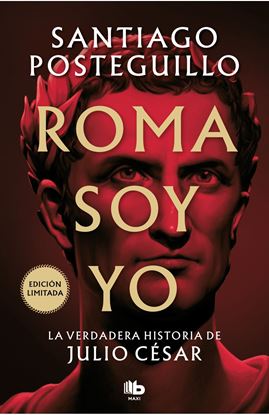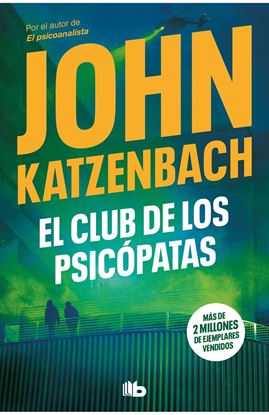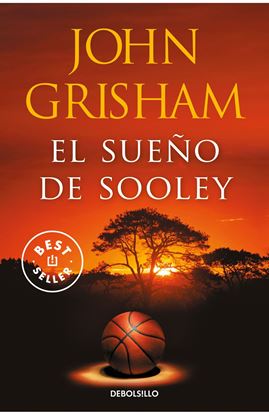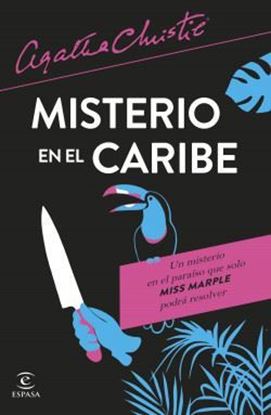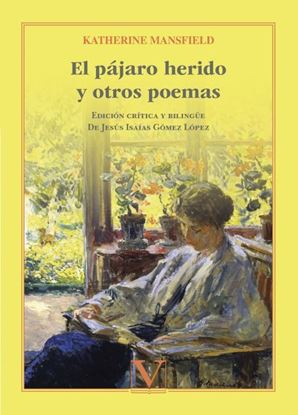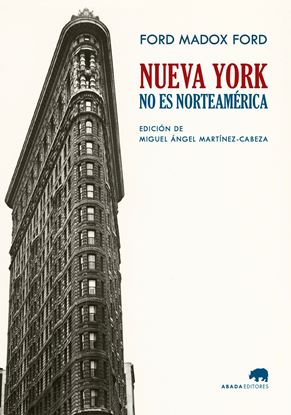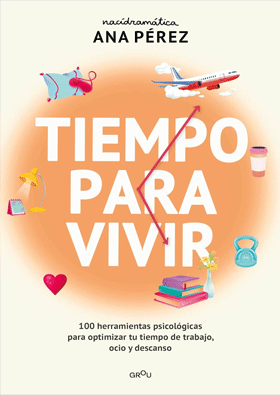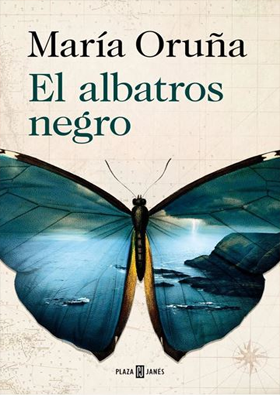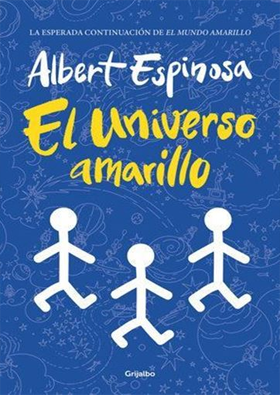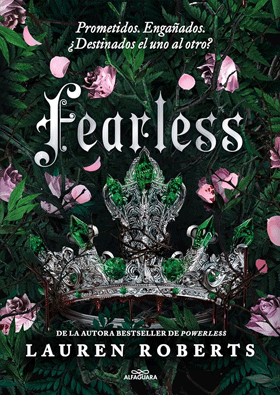

ROMA SOY YO (FG) (BOL)
Roma, año 77 a.C. El cruel senador Dolabela va a ser juzgado por corrupción, pero ha contratado a los mejores abogados, ha comprado al jurado y, además, es conocido por usar la violencia contra todos los que se enfrentan a él. Nadie se atreve a ser el fiscal, hasta que de pronto, contra todo pronóstico, un joven patricio de tan solo veintitrés años acepta llevar la acusación, defender al pueblo de Roma y desafiar el poder de las élites. El nombre del desconocido abogado es Cayo Julio César.
Combinando con maestría un exhaustivo rigor histórico y una capacidad narrativa extraordinaria, Santiago Posteguillo logra sumergir al lector en el fragor de las batallas, hacerle caminar por las calles más peligrosas mientras los sicarios de los senadores acechan en cualquier esquina, vivir la gran historia de amor de Julio César con Cornelia, su primera esposa, y comprender, en definitiva, cómo fueron los orígenes del hombre tras el mito.
995
EL CLUB DE LOS PSICOPATAS (BOL)
Alpha, Bravo, Charlie, Delta y Easy se hacen llamar los Muchachos de Jack, en honor a Jack el destripador. Entre ellos no se conocen más que por una plataforma en la Deep Web donde comparten su verdadera pasión: llegar a ser artistas del asesinato. Cuando Connor y Nikki violan la intimidad de su chat, la furia de estos psicópatas se desencadena y no se detendrá ante nada.
Con una inteligencia feroz planean como venganza la muerte de los dos adolescentes junto con sus familias. Sin embargo, Connor y Niki no son como el resto de las víctimas de estos asesinos en serie. La pesadilla comienza y solo hay dos opciones: dejarse cazar o sobrevivir.
900
EL SUEÑO DE SOOLEY (BOL)
Samuel Sooleymon es un adolescente de Sudán del Sur con un gran amor por el baloncesto, un salto prodigioso y la velocidad del rayo. Un torneo de exhibición por Estados Unidos puede convertirse en su gran oportunidad, pero sus condiciones naturales necesitan trabajo y Sooley pronto se da cuenta de que le queda un largo camino por recorrer.
Sin embargo, él cuenta con algo que ninguno de sus compañeros posee: una feroz determinación por triunfar y así ayudar a su familia a escapar de la guerra que asola su país. Y para ello necesitará hacer lo que ningún otro jugador ha logrado: convertirse en una leyenda en solo doce meses.
800
MISTERIO EN EL CARIBE
Un misterio en el paraíso que solo Miss Marple podrá resolver.
Miss Marple viaja al Caribe para pasar una temporada de descanso en un fantástico resort. Allí, entre palmeras, noches de baile y labores de ganchillo, los días se suceden de forma monótona y solo las historias del comandante Palgrave, otro huésped del hotel, logran distraerla. Sin embargo, en su última conversación, el antiguo militar detiene su narración cuando algo, o alguien, llama su atención. Al día siguiente, su cuerpo es hallado sin vida y con signos de haber sido asesinado. ¿Alguien quería silenciarlo para siempre? Miss Marple investigará un caso que la llevará a descubrir que no todos los residentes del hotel son lo que parecen.
1,250
EL PAJARO HERIDO Y OTROS POEMAS
La presente edición, El pájaro herido y otros poemas, de Katherine Mansfield (1888-1923), contempla los procesos líricos de una maestra del relato del pasado siglo cuya poesía ha pasado prácticamente inadvertida para la crítica especializada y para el lector. Aunque es en el relato corto donde Katherine Mansfield recibe el reconocimiento unánime de la crítica en su tiempo y en el nuestro, como una de las voces pioneras y trascendentales en las vanguardias modernistas, es en la poesía, en cambio, donde la autora encuentra su primera fórmula de expresión literaria, género que seguirá cultivando durante toda su corta y apasionante vida. Como poeta modernista, Katherine Mansfield no suele recurrir a imágenes concretas para expresar sus ideas, sino a sus más íntimas emociones y vivencias, que acaban recreando una particular y brillante psicología.
1,200
NUEVA YORK NO ES NORTEAMERICA
Este libro recoge los escritos inéditos de la visita de Ford a Estados Unidos entre 1926-1927. La metrópolis cautivó al autor inglés, que trata de explicar esa fascinación a través de anécdotas enlazadas por asociación a un lugar o un encuentro: un cruce de calles, un parque, una cena. Ford observa los cambios que ha sufrido la pequeña y vieja ciudad que había conocido veinte años atrás, esa ciudad en la que se instalan todos cuantos llegan de fuera y de la que se marchan todos los que allí nacen. Nueva York se había convertido en una gran ciudad debido en gran medida a los rascacielos, pero los problemas causados por la superpoblación no restan un ápice al amor que el escritor le tiene a su Gotham, refugio de un grupo variopinto de sajones, normandos, daneses, judíos, hugonotes y trotamundos. La Nueva York de Ford es Manhattan y el Bronx, que en los años 20 se convirtieron en centro artístico del país por la iniciativa y apoyo de sus gentes. Un siglo después de la publicación de esta obra, Nueva York no ha perdido nada de esa capacidad de atrapar al visitante por fugaz que sea la estancia. Leer estas páginas puede ayudar a entender las razones.
995


